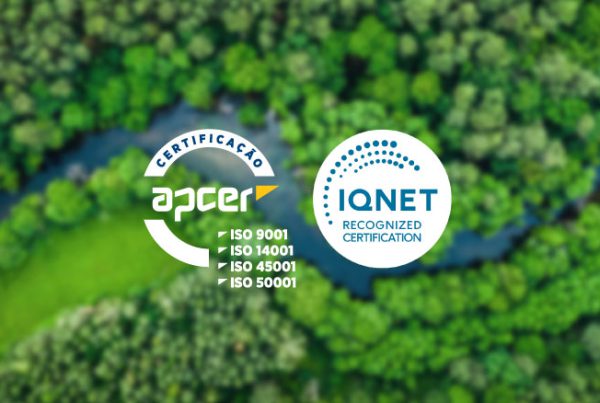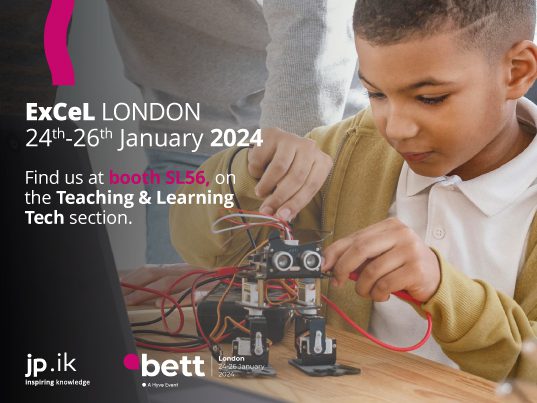The constant, somewhat frenetic, transformation we face today in our lives is challenging the framework of our education systems; meaning it is challenging how we educate our children.
Sir Ken Robinson advocates that is urgent to cultivate creativity and acknowledge a kaleidoscope of types of intelligence.
We need to shift the purpose behind education. It is more than educate good workers! The transformative world we are living in; and the unknown and defiant future ahead of us demand more. It demands a legion of creative thinkers!
We need it, our future needs it! However, we are walking into the opposite direction! Within this perspective, Sir Ken Robinson stresses out “we are educating people out of their creativityâ€. Furthermore, we do not need to think hard, because even from our own empiric experience while growing up, we know energetic learners eager to experiment, test, question and let their creativity loose are too often left aside, ignored and discouraged.
We cannot keep ignoring creativity and imagination are often ignored. This means that creating opportunities for young students to engage, connect and collaborate in creative and critical thinking is not always a pedagogical priority, particularly, in inflexible and overloaded schools’ curricula that are based only on standardised exams to measure learners’ academic performance.
Why the buzz around creativity and imagination?
If we keep creative and critical thinking out of the education plan of our children today, how do we expect them to be creative and critical in managing and solving their challenges in their future jobs? It might happen eventually and randomly! Maybe! We kind leave it to faith! But do not take that for granted!
Lev Vygotsky, Belarusian Psychologist and Academic on teaching as a social process, fostered the belief all human creative activity result from a mixed of elements, among which are imagination and creativity. In addition, Vygotsky advocated creative activity is the basis of all cultural activity, leveraging scientific and artistic creation.
For Vygotsky, playing is fundamental for children because through playing they become inventor of the rules of their own make-belief scenarios.
Yes, we are talking about playing (you are reading correctly)! While playing, children can express their emotions, thoughts, as well as allows them to build up their cognitive structures and schema to assimilate, comprehend, modulate memories.
Learning with creativity and imagination is as relevant as building knowledge. Creativity and imagination are defined as the faculty of building up new ideas or concepts, while knowledge is all about facts, data and information. They might seem distant, but they can be complemented in the learning experience!
Imagination is organic; it is changeable, and it expands as our knowledge expands. Knowledge feeds imagination and creativity that, for itself, sparks new knowledge. In fact, we can say this interrelation between imagination and knowledge embodies the cycle of discovery and learning we are looking for in education.
How do educators teach imagination and creativity?
Teach it in the conservative way, educators can’ really do it. However, they can go for guiding questions to spark imagination and creativity, because it is the learner, as an individual, that can control it, take advantage of it and build it up. Teachers can lead learners in their imagination and creativity journey, but we cannot imagine for them.
Taking this idea for leading through a journey of imagination and creativity, teachers can start by building a safe place for students to share and debate ideas.
This type of learning environment might seem challenging for its loudness, enthusiasm and diversity. Therefore, recurring to mind maps can be helpful in order to organize a multiplicity of imagined ideas while embodying them a visual imagery.
How can technology engage and leverage imagination and creativity?
We all have heard this phrase a million times “technology is radically transforming our livesâ€. And, of course, it also transformed the way children play.
If you are now around your forties, your typical play involved a toy or a game with your group of friends and it was through this kind of play that you developed your symbolic and abstract cognitive mental process.
Nevertheless, the emergence of new technologies has introduced multiple digital devices in early childhood educational environments.
Arnott (2016) highlights the opportunities offered by new technologies are being tested and “the potential for social and imaginative creative play with these tools are being researched and re-imagined“.
The concept imagination age, firstly coined by Rita J. King, EVP of Business Development at Science House, comprehends the theoretical period following the information age where imagination and creativity will become the primary creators of economic value. This transformation is driven by technological innovations and trends.
In this imagination age, we will be able to collectively imagine and create the future we wish and we are not talking about utopian insights; we are talking about being able to promptly prototype and test ideas to empower our communities, improve our systems and, ultimately, our lives.
In sum, learning with imagination and creativity is an endless cycle throughout out societal and individual efforts. Think about all the cool and essential inventions that build up our History; the fact is great thinkers and inventors are still remembered and acknowledged today because of their creativity, imagination and knowledge.
Sources:
Arnott, L. (2016). An ecological exploration of young children’s digital play: framing children’s social experiences with technologies in early childhood. Early Years, 36(3), 271–288. https://doi.org/10.1080/09575146.2016.1181049
Ong, Particia A, (2019), Imagination, Creativity and Play in the Curriculum. DOI: 10.13140/RG.2.2.12759.73129.



